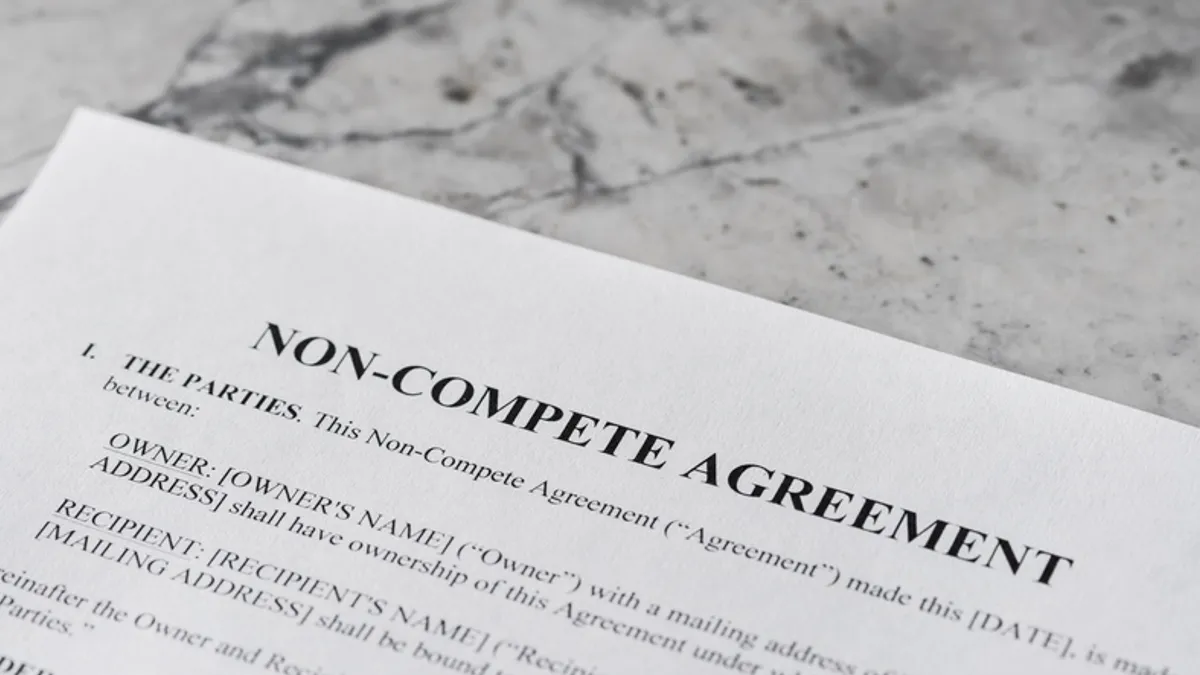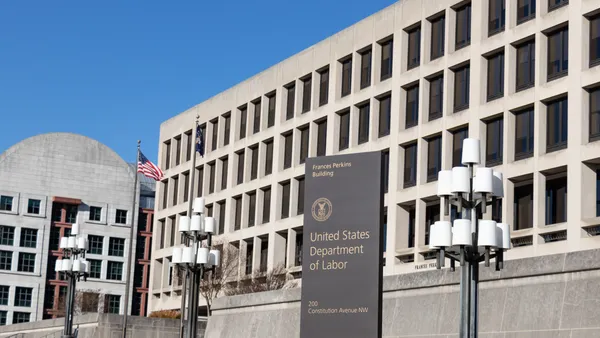Organizations are often reluctant to prepare ahead of time for legal contingencies like government investigations and litigation because that can tie up resources with no assurance they will be used, but by preparing for the unexpected general counsel can help keep costs down, Melissa Cohen of legal consulting firm Protiviti says.
“I always advise against waiting to see what happens,” Cohen, a managing director at the firm, said in a Corporate Counsel Business Journal webcast. “It’s more expensive, high stress and more reactive when you wait to put steps into motion.”
Driving up costs is the explosion of data that organizations generate, making compliance with a subpoena or responding to discovery expensive if legal teams don't know ahead of time where data is kept, who owns it and whether people know what needs to be saved, what doesn’t and what is protected by privilege.
“When you have a plan and designated response team, you know what to do when an allegation arises,” said Cohen. “You don’t have to figure it out on the fly. You’re moving toward a reduced-cost scenario because you’re not having to build out how to do it while executing on it at the same time.”
Risk landscape
It’s not unrealistic to have some idea what the regulatory and litigation landscape is looking like ahead of time, said Laura O’Rourke, managing counsel for business litigation at Toyota.
It’s the responsibility of general counsel to have a reasonable grasp of what might be coming down the pike by knowing the compliance and litigation trends sweeping their industry, she said.
“Anything can result in litigation nowadays,” she said, “but if you follow the regulatory and litigation trends and not just react but anticipate, you can effectively plan.”
A good example is the way litigation over PFAs — “forever chemicals” — is sweeping across industries, said William Roppolo, a partner with Baker McKenzie.
Right now, litigation is hitting manufacturers, but counsel can expect users of the chemicals to be next in the line of sight of plaintiffs. “What’s the next stage of this litigation?” he said. “It’s good to have money set aside to defend that.”
General counsel with their ear to the ground can put together a response team that includes IT, internal audit, compliance and outside counsel, among others, and have a workflow ready for responding to document requests. They can also have staff trained so they don’t accidentally break privilege, delete key documents and so on.
“As soon as you see the yellow light, you can get in front of that with your business clients,” said O’Rourke. “’These are best practices here, guys: making sure you’re not putting things into chat and text that are going to kill us when the litigation hits and the discovery ensues.’ That can result in a much higher resolution cost than otherwise.”
Training before the subpoena and discovery requests arrive is crucial because that helps ensure people know what is and isn’t discoverable, regardless of whether they’re using company-owned or personal devices, and how to protect privilege.
“It’s important for businesses to understand when privilege attaches and when it doesn’t, and how forwarding emails with advice that otherwise would have been privileged destroys the privilege,” O’Rourke said.
Internal risks
Keeping your ear to the ground isn’t just about scanning for external threats like a changing regulatory environment or a litigation trend; it’s also about looking internally in your own contracts, because they can be sources of risk as well, said O’Rourke.
“A lot of legal departments suffer from siloing contract lawyers from litigators and subject matter expertise,” she said.
The last thing you want is to learn of an unfavorable term in one of your contracts only when the counterparty is ready to sue. It’s better to have a process in place through which transaction lawyers get input from litigation lawyers to spot risky provisions before they’re agreed to.
“My transactional colleagues, to their credit, often will come to the litigators in our legal department and ask for our take on that provision our supplier is pushing us to accept,” said O’Rourke. “It’s really a best practice, or a tip, for in-house departments to make sure you’re running those things by … your litigators to look at how those things play out in the real world.”



















